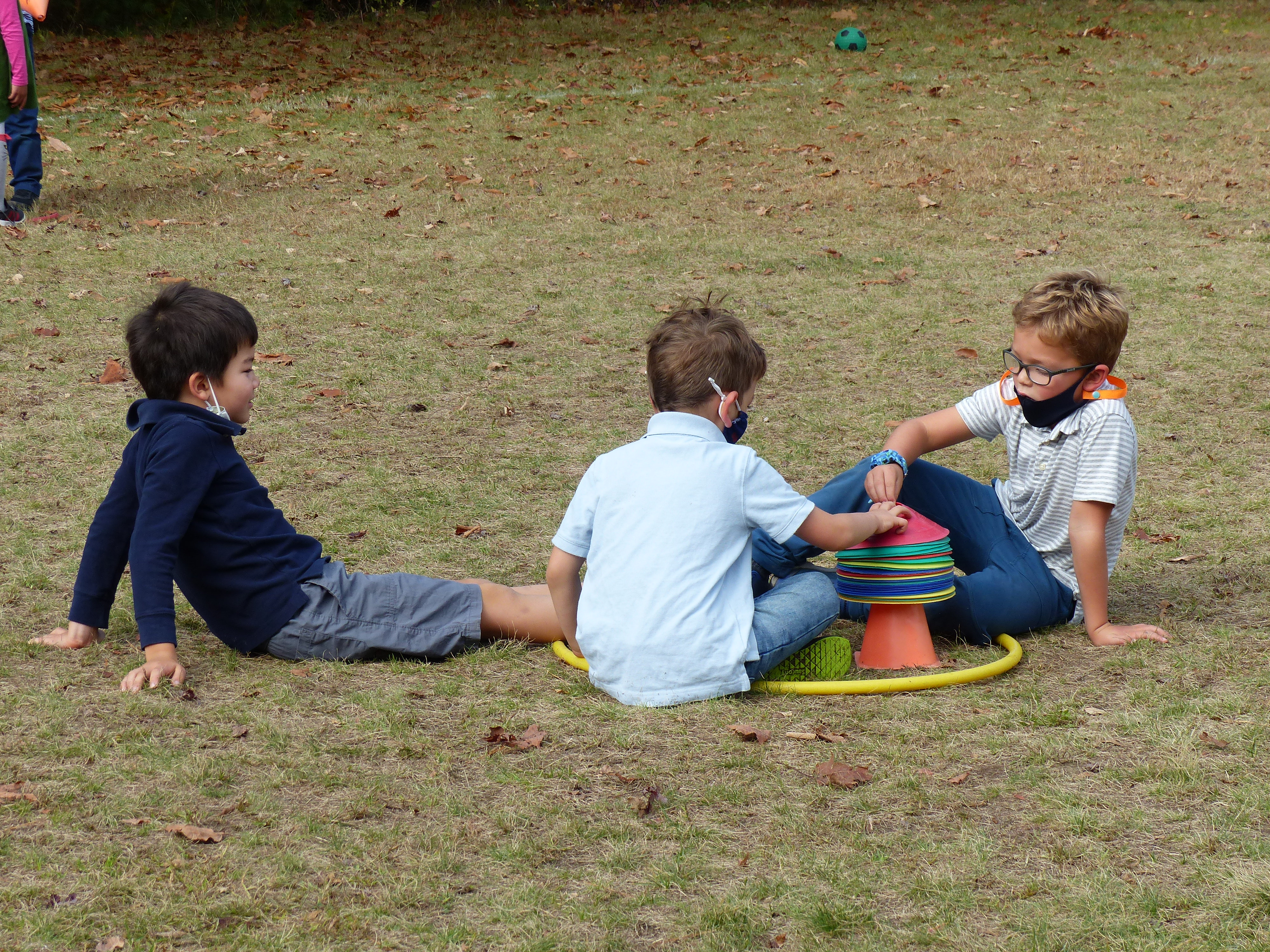
Theories of Jean Piaget, the Swiss psychologist who studied child development in the mid-20th century, continue to influence many educators today. Through his research, Piaget advocated for ample peer interactions for children’s healthy social development as well as to heighten learning within school contexts. Piaget believed that children are more likely to be passive recipients of knowledge when instructed by adults and more active learners when they ask questions and argue points of view with each other. And Piaget correctly noted that active engagement in any instructional context is more likely to lead to deeper and more impactful learning. These lessons are all the more important to keep in mind today when so many schools are forced to consider hybrid and remote-learning options.
Regardless of the educational model (on-site, hybrid or remote), teachers will tell you that unless group work is structured through closely monitoring behavior, students can easily veer off task, thus wasting valuable class time. Recent studies in our country and in the U.K. show that the strongest learning gains from peer interaction happen when teachers provide clear instructions for group conduct and then support their students accordingly. These might include: make sure you understand your partner’s perspective; give everyone an equal opportunity to contribute; and strive to arrive at a consensus even if you begin with very different point of views. In other words, teachers should carefully structure group work through guidelines that require students to actively contribute while attempting to grapple with contrary points of view. Furthermore, keeping the peer-to-peer sessions short is important for younger students, and then gradually lengthening their time throughout middle and high school helps to keep this collaborative learning more productive.
To optimize peer-to-peer opportunities, ground rules that foster a productive exchange of ideas must be understood by students in the class. The foundation for these elements is established by teachers early in the academic year, often through more traditional, full-group instruction. But once these expectations are set, peer-to-peer learning can successfully deepen student engagement. In this light, collaborative learning is one of the most effective teaching methods educators can elect within a menu of teaching pedagogies—one that with the right framework, is highly effective for all the reasons Piaget had hoped.




